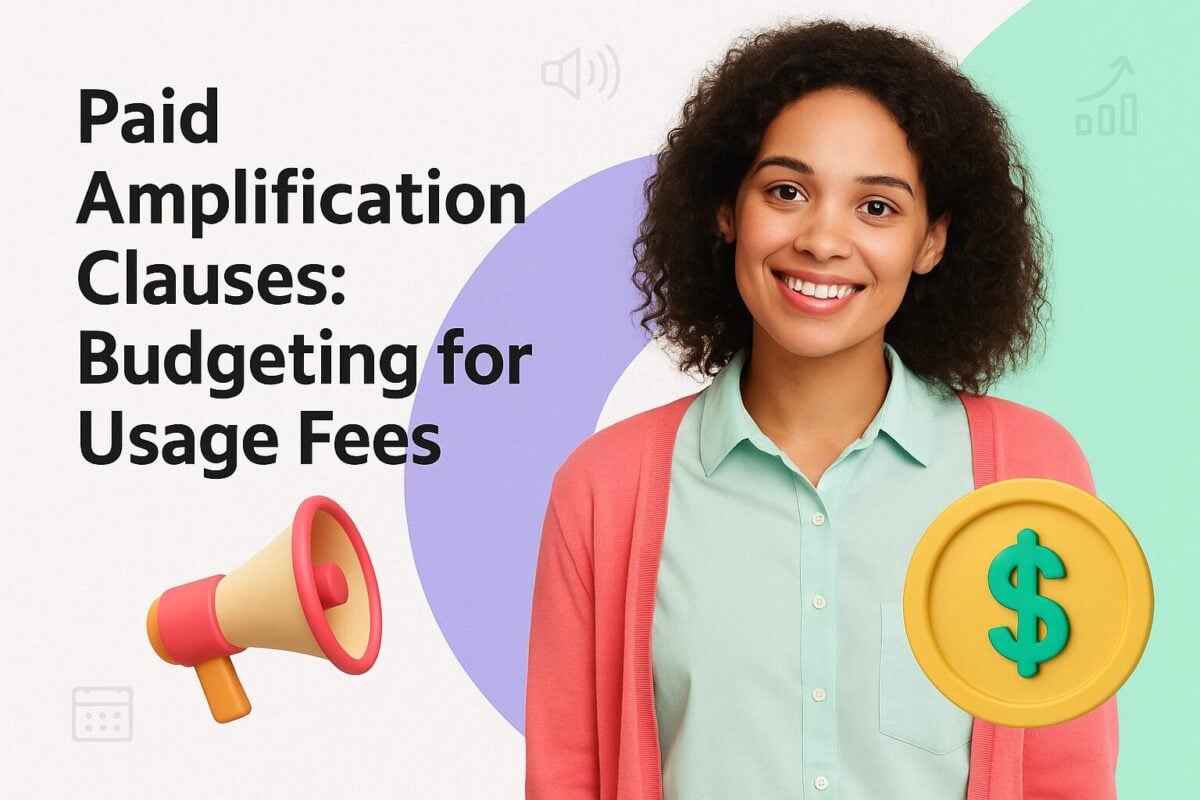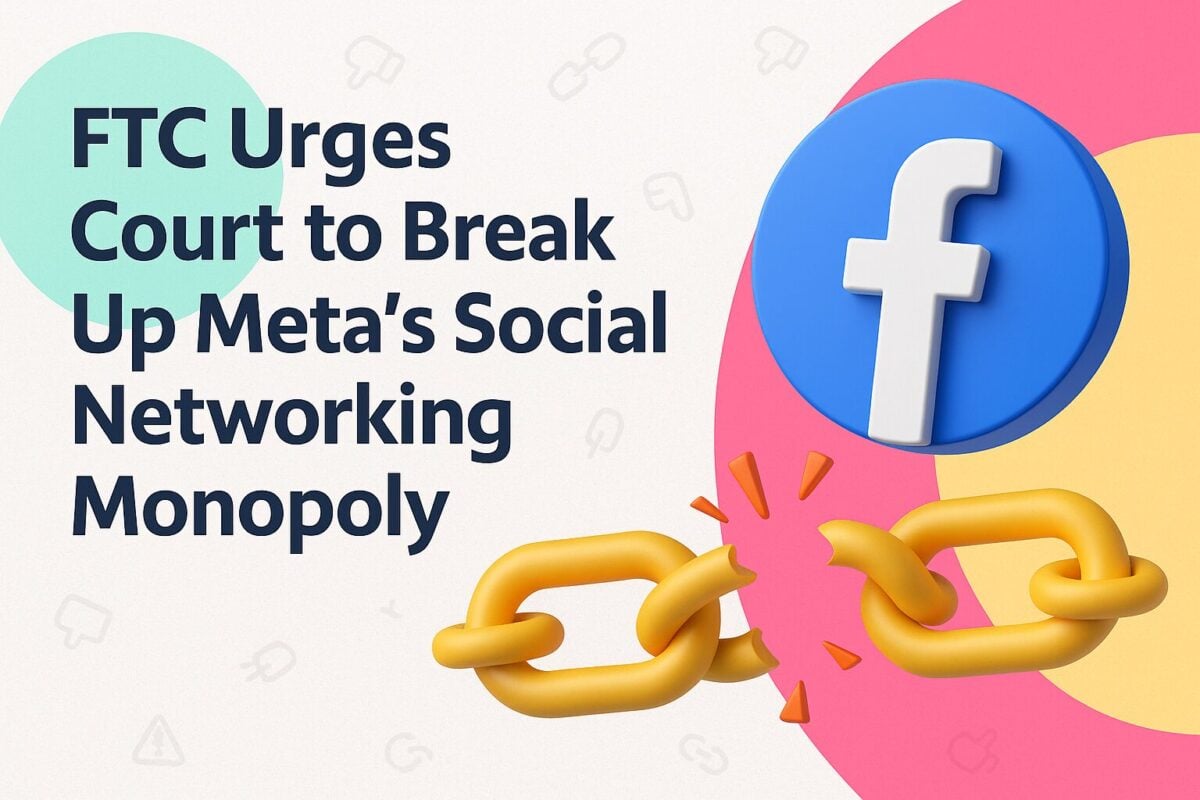Pinterest is a popular social media platform with over 335 million active monthly users.
It is a visual platform that started as a place where people could share pictures and form picture collections. However, it has evolved from that and is now being used for all sorts of marketing and business purposes. People use it for product discovery, research, and even for selling and buying products.
According to Pinterest, 77% of Pinterest users have discovered a new brand or product on the platform at some point or another. This Pinterest statistic clearly shows that a lot of users look for new products on the platform. This is a big opportunity for marketers and the main reason why you should consider advertising on the platform.
To get the best ROI from your Pinterest ads, you need to ensure that you don’t exhaust your budget by showing ads to anyone and everyone. That is where the different Pinterest ad targeting options and filters can help you. Let’s take a closer look at these targeting options.
Your Ultimate Guide to Pinterest Ad Targeting:
Types of Pinterest Ad Targeting Options
Pinterest provides numerous targeting options for ads to ensure that you don’t waste your money on irrelevant people. Ideally, you should use a mix of these targeting options to finetune and optimise your audience lists.
Here are the main Pinterest ad targeting options for you to choose from.
Demographics Targeting
This feature lets you filter your target audiences by age, gender, location, language, and other demographics. This is the most basic type of targeting option that Pinterest provides.

Source: pinterest.com
If you have done prior research into who your target audience is and have made customer personas, then you can easily fill in these details. Each ad that you create should be targeted to a specific target customer segment. If you have multiple target segments with different demographic profiles, then you need to create different ads for each.
Interest Targeting
This option lets you target people with specific interests. This is better than demographic targeting as it goes a level beyond. This is because not all people in a particular demographic segment will have the same interests.
Targeting people based on interests ensures that your ads are shown only to people who might be interested in your brand or products.
Here are some of the interest categories offered by Pinterest to target the right audience for your ads:

Source: pinterest.com
The interest categories provided as filters on Pinterest are broad and do not cover each niche separately. Though some of the categories are divided into multiple sub-categories, it still isn’t very granular.
However, combined with demographic and other filters, it helps you target the right people. Moreover, you do not want to limit your ads’ reach only to people within your niche. Targeting people in a broader category gives you the opportunity to win new customers who might be interested in your products if they’re shown an attractive ad.
Keyword Targeting
This essentially means targeting people who search for certain keywords. This is one of the most effective forms of targeting because people who actively search for something are definitely interested in it.

Source: pinterest.com
Keywords can help you target high-purchase-intent consumers who can be easily converted into customers by showing the right ads at the right times.
How this works is that when people search for something on Pinterest using a keyword that you’re targeting, then they might be shown your ad as a Promoted Pin.
Now, coming to the technical aspect of keyword targeting, there are five keyword match types that you can choose from. These include an exact match, broad match, phrase match, negative phrase match, and negative exact match.
If you have ever used Google AdWords Search Ads, then you already know what these terms mean. But, if you haven’t, we will explain exactly what each term stands for.
Exact Match
This means that your ads will only be shown to people if they search for the keyword that you’re targeting, but will not show for any keyword variations. Let’s understand this with an example.
Let’s say your target keyword is “blue shoes”. If a person searches for “blue shoes” on Pinterest, then your ad will be eligible to be shown to that person. However, if the person types anything else, like “blue converse shoes” or “cheap blue shoes”, then they won’t see your ads.
Phrase Match
If you select a phrase match then your ads are eligible to be shown to people who use the phrase in their search query. This also includes searches that may have other words in the search query along with the phrase. That’s what makes this different from an exact match type.
For the same example of “blue shoes”, a phrase match will also show your ads to people who type “cheap blue shoes” or “blue shoes on sale”. However, it will not be eligible for search queries that do not contain the phrase, such as “blue converse shoes”.
Broad Match
This is the most lenient of all match types and lets you target more people, even if their search query does not exactly match your keyword. With broad match, your ads can be shown to people with related or similar search queries ad your target keyword.
In the above example where “blue shoes” is the target keyword, the broad match will also show your ads for “blue converse shoes”, “cheap blue shoes”, and “blue shoes on sale”. In fact, it will show ads for queries that contain either the word “blue” or “shoes”.
Negative Exact Match
Negative keywords are the opposite of regular keywords. This means that if you select a negative keyword, then for any search queries using that keyword, your ads will not be shown.
Other than that, the exact match works just like it is explained above.
Negative Phrase Match
This works the same way as phrase match, but for negative keywords. This means that your ads will not be shown for queries containing the phrase that you have selected as a negative keyword.
Audience Targeting
This is a unique targeting option that lets you target people who had some interaction with your brand or people similar to your current audience. You can target four categories of people using this:
Existing Customers
With this option, you can upload a CSV file with contact details of your existing customers or a customer list of sorts. You can target your ads to these people with a message that is tailored to their needs and preferences.
As you already know your customers and have some information about them, it is easier to win them over and get repeat purchases.
Website Visitors
This is like a retargeting campaign where you try to convert people who have already shown interest in your brand, using ads.
To get a list of your website visitors, you can create a Pinterest tag. It is a JavaScript code that you put on your website to track visitors. It will help you form a visitors list that you can upload to the Pinterest Ad Manager.
Apart from the base code, there is an event code that helps you track people who took specific actions. These actions could be something like subscribing to a newsletter or clicking on an internal link to read more content.
This helps you filter out people who stumbled upon your website but left because they did not find it relevant. This way, you can only target high-intent website visitors who could be converted into customers.
People Who Engaged with Your Pins
This is again similar to retargeting ads but is for people who engaged with your Pins. This information can be easily obtained from Pinterest itself. In fact, it also provides filters to narrow down your Pinterest audience list based on the type of engagement and other factors.
Create a customised list and target your ads to the people on that list. They already showed interest in your brand and are active on Pinterest, so chances of success are high.
People Who Are Similar to Your Current Audience
This one is actually similar to Facebook lookalike audiences feature and works in a similar manner. You can use your existing customer list to create an act-alike audience, that is, people who behave similarly on Pinterest or have similar interests.
This will expand your ads’ visibility and reach and will get you new leads.
Placement Targeting
This basically means selecting where you want to show your ads on Pinterest. The two main options are in the news feed or search results. For the former, you need to select the “Browse” option while for the latter you should select “Search” option.

Source: pinterest.com
You can create multiple ads and have different placements for each to get the best results.
Expanded Targeting
This is an advanced ad-group level targeting option that enables your ads to be automatically shown for relevant searches. Apart from the setting that you have chosen at a campaign level, it is an automated targeting option that further expands your ads’ visibility and reach.
Ready to Get Started with Pinterest Ads?
Advertising on Pinterest can be very fruitful for you if you target the right people with the right messages. The numerous targeting options provided by Pinterest can help you with the former.
Use a mix of these targeting options to finetune your audience lists and target the most relevant people with your ads.


